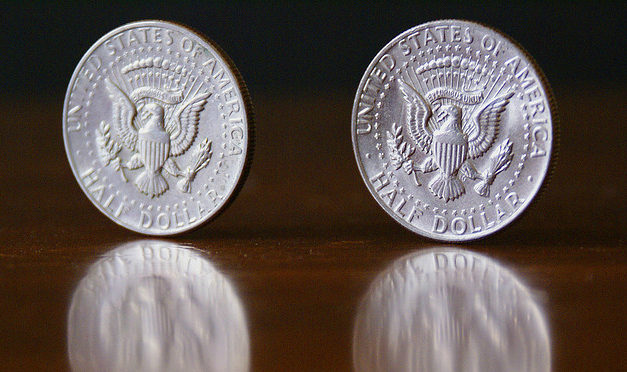The US dollar has seen a substantial rise over the last nine months. In its last analysis, Henderson looks at why thinks it will remain at elevated levels and examine what this means for investors. James McAlevey, portfolio manager of Henderson Horizon Total Return Bond Fund named three additional factors:
1. Slower global currency reserve growth
In the ‘taper tantrum’ risk asset sell-off, the ability of some EM countries to pay their now more expensive dollar-denominated debts came into question. This resulted in assets flowing into US dollars; however, a considerable proportion remained in EM with a clear differentiation between fragile economies and their stronger peers; the Brazilian real weakened by c.16%, while Asian currencies, such as the Korean won, actually appreciated by 5.3%.
While the ‘tantrum’ passed, Henderson has subsequently seen the growth of foreign currency reserves slowing and in fact shrinking in the second half of 2014, as some EM central banks in particular were forced to sell reserves to defend their currencies against outflows. As these central banks sell reserves, they are required to sell non-US dollar foreign currencies and buy dollars before they sell dollars against their own currency. This trend further supports the dollar.
2. The carry trade
Aggressive rate cuts and a subdued US dollar in the years following the financial crisis have made it a major funding currency for carry trades (borrowing at low interest rates in one currency to fund purchases of higher yielding assets elsewhere) particularly into China/Asia. Now, however, as the dollar strengthens, investors could look to reduce exposure (ie, buying dollars to repay their debt), a move which would make the dollar appreciate even more.
3. Not enough dollars
A falling current account deficit (the difference between import costs and export receipts) is normally a positive driver for a currency. This is especially true for the US dollar given it is a reserve currency, and the principal currency of global trade. As chart 3 shows, the US current account deficit has been shrinking since 2012 as a percentage of global trade and this trend is expected to continue. This means a reduction in global liquidity as fewer dollars are available for foreigners to conduct trade. If the current account deficit continues to narrow, or we see a pick-up in global trade, then the dollar should continue to rise.



